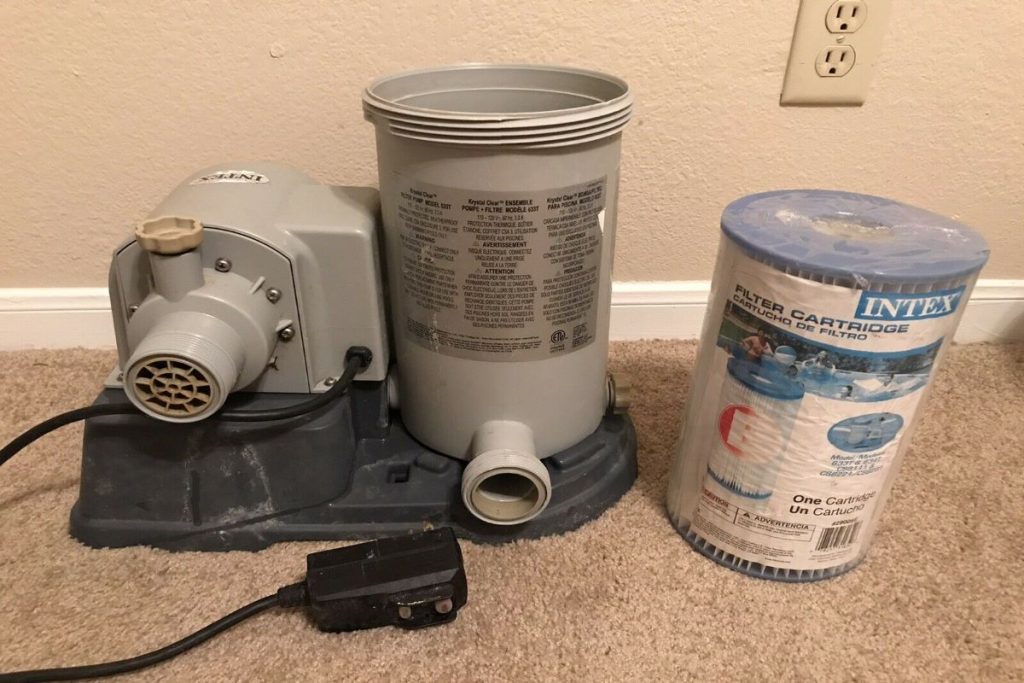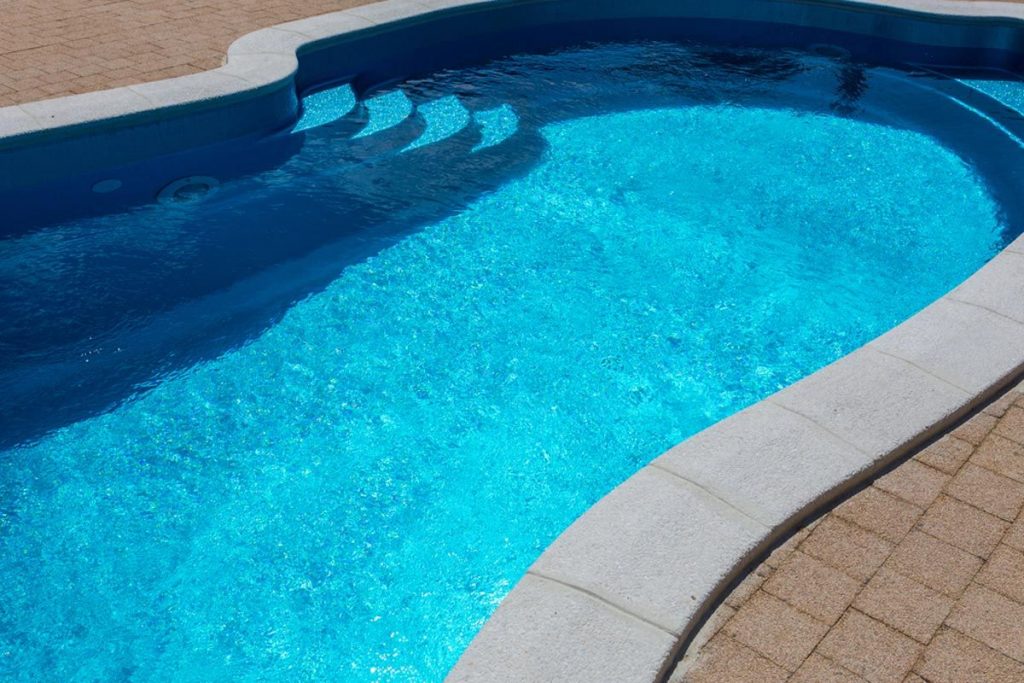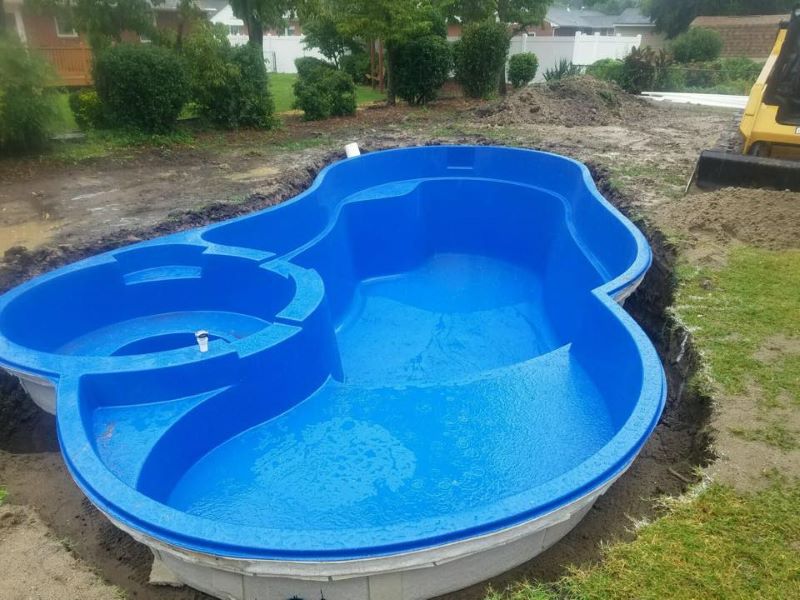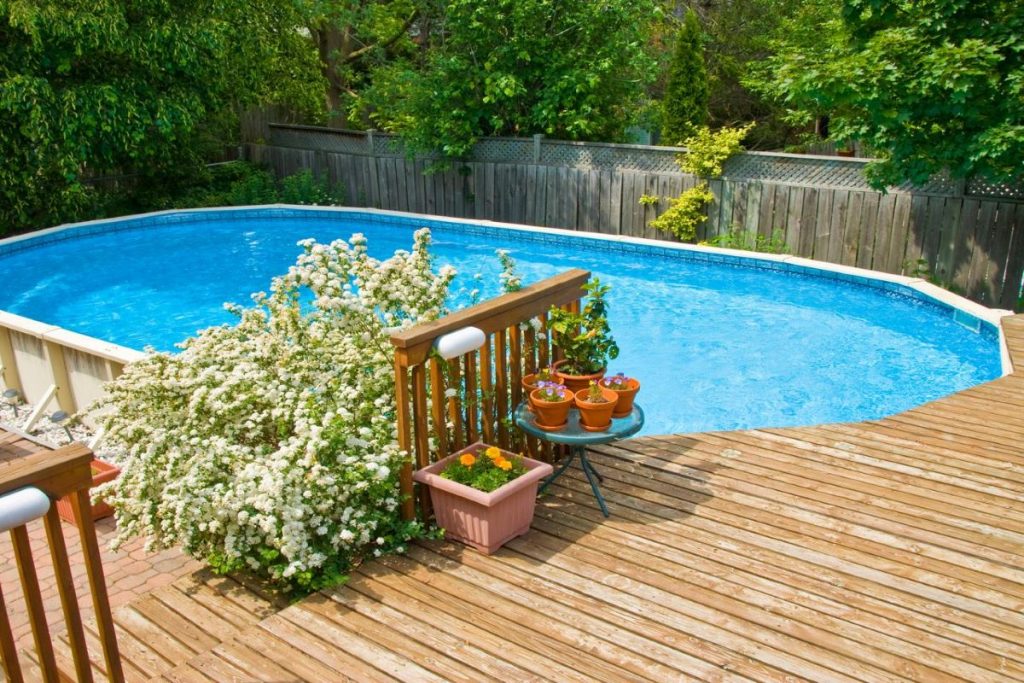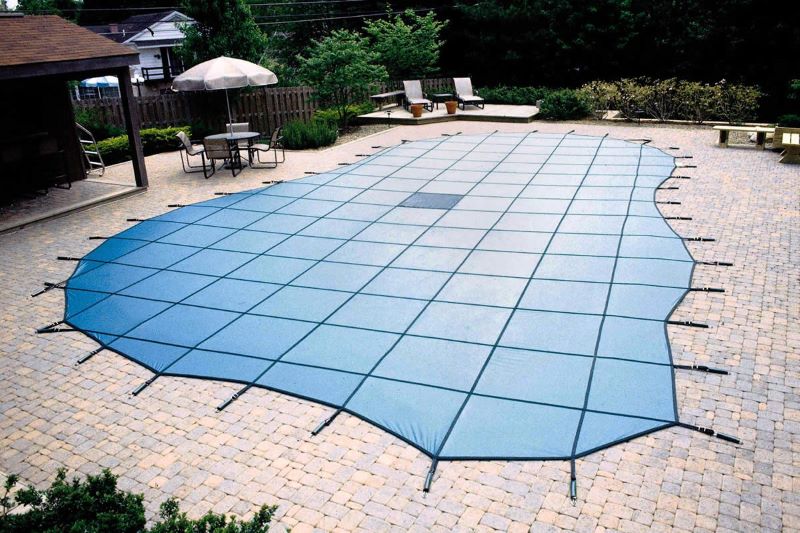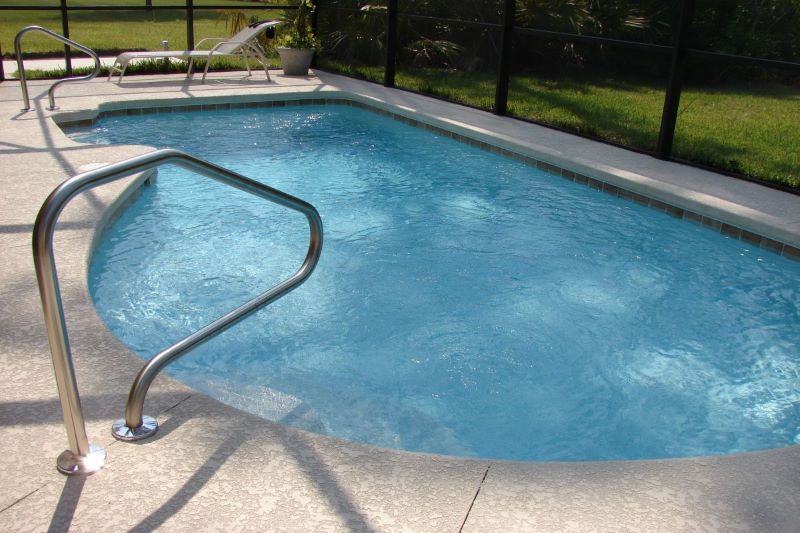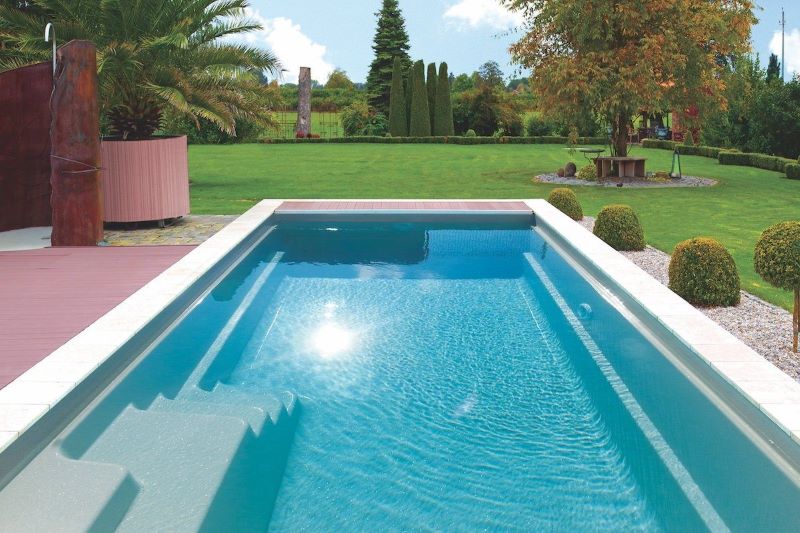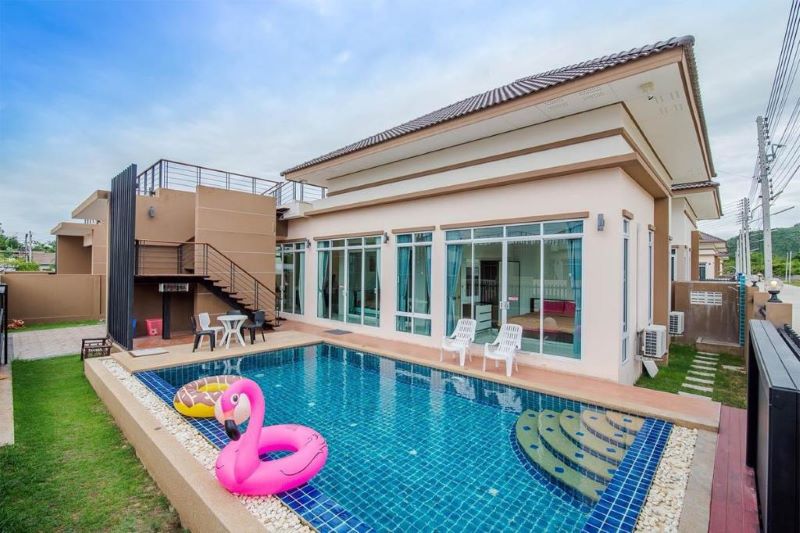Table of Contents
Types of swimming pool filters
There are three types of swimming pool filters available to swimming pool owners: The first are DE Filters, which can cost from $370 up to $800 and filter the finest level of particles. The second are Sand Filters, which run from $350 to $600 and work by literally forcing water through a bed of sand. The third type, with which this article is concerned, is the Cartridge Filter. Cartridge Filters have a wide range of styles (both above-ground and in-ground) and size (100 sq ft to 300 sq ft), ranging from $300 filters to ones that can cost around $1,000. This range is due to their essentially being two types of Cartridge Filters: ones that are relatively inexpensive and will need to be replaced semi-annually, and ones that are more expensive but can last up to or even over five years. The size of particles that Cartridge Filters can catch is between the sizes caught by the other two types. The straightforward advantage of Cartridge Filters is their simplicity: They work basically the same as the filters used in your sink. As a result, they clog less often and require less attention, needing only to be cleaned once a month.
Replace or install new cartridge filter
When it is time to replace or install for the first time a new Cartridge Filter, the first step is to connect the filter to the tank. The filter, which will appear to be a circle of spongy material, must be carefully locked into the tank. There will be a clear fit when the filter locks in; simply turn until the filter clicks into place. Once the filter itself is locked, pick up the O-ring, which is a thin circle of rubber that will prevent leakage. The O-ring will similarly fit soundly into the top of the lid; as with the filter, there will a groove inside the lid that will indicate the O-ring is securely in place. When both the filter and the O-ring are in place, the tank lid of the Cartridge Filter can be locked on as well. It too will snap into place once turned clockwise far enough. To secure the lid, flip the safety latch to the “down” position; the safety latch will be located on the side of the Cartridge Filter.
The next set of steps is to set the pressure gauge and the air relief gauge on the now-sealed lid. Examine the top of the lid first: You will see a circular opening meant for the pressure gauge lid, and a smaller opening opposite that which is meant for the air relief gauge (the air relief gauge is only about half the size of the pressure gauge). Place the pressure gauge on top of the circular opening, and then set the air relief valve into its respective opening. Firmly but gently snap both pieces into place.
Now that the lid of the Cartridge Filter is sealed and prepared, set the Cartridge Filter itself in place. Depending on the swimming pool, this could mean either setting it into the hole alongside the in-ground pool, or placing it atop a level sand base nearby the above-ground pool. Regardless, move the Cartridge Filter with extreme care and ensure it is stable in its position. The final step is to simply connect the Cartridge Filter to the swimming pool’s pump, which should be located next to the Cartridge Filter at this point. Look at the base of the Cartridge Filter to find the connection meant for the pump’s tube, and carefully fit the tube into the machine. As with the other materials, to ensure a sound fit at this point, ensure the tube is screwed or fitted into the Cartridge Filter straightly; if it enters at an angle, it can become jammed and leakage may occur.
